If you’re considering purchasing a new Canon camera but can’t decide between the M3 and M10 models, this comparison is designed to help. From specs to features, this guide has broken down the differences between these cameras in detail so that you can make an informed decision on which one fits your photography needs best. Whether you are a casual photographer or a professional, understanding the intricacies of both models is key to finding the perfect match. Dive into the Canon EOS M3 vs. M10 comparison!
Common features in the Canon M10 and Canon M3
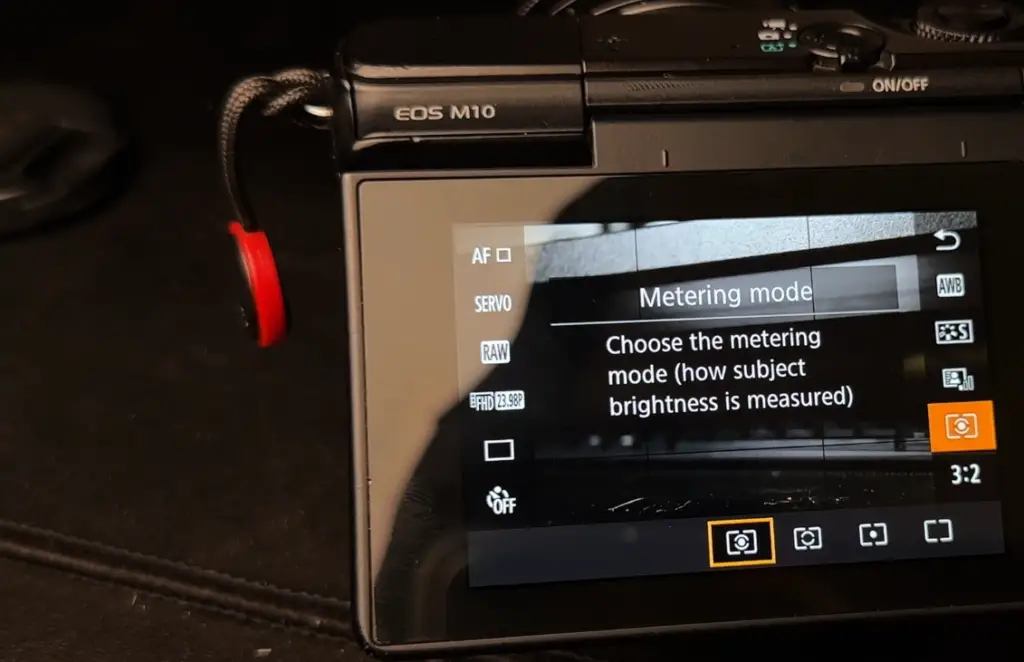
Additionally, both the EOS M10 and the EOS offer full manual control over exposure settings, giving you the power to take complete control over your shots. You can adjust shutter speed, aperture and ISO on both camera models, as well as manually focus using a variety of different focusing modes. Plus, the EOS M10 features an Intelligent Auto mode that will automatically adjust your shooting settings for optimal results in any situation.
Finally, both the EOS M10 and the EOS M3 share the same lens mount system. As a result, you’ll be able to use any EF or EF-S lenses with either camera, giving you access to a wide range of optics for various types of shooting situations. This also means that you can use an adapter to mount lenses from other manufacturers, such as Sigma and Tamron.
Overall, both the Canon EOS M10 and the Canon EOS M3 offer a great combination of features and performance, making them ideal choices for photographers who want to take their photography to the next level. Whether you’re shooting landscapes or portraits, these cameras will give you all the tools you need to capture beautiful images [1].
What photos is the Canon M10 good for?
The Canon M10 is an exceptional camera that excels in capturing breathtaking landscapes, stunning portraits, and intricate macro photography. Equipped with a 22-megapixel sensor and high dynamic range, this camera empowers you to capture images with exceptional sharpness, vibrant colors, and remarkable detail, even in challenging low-light conditions. Moreover, its fast burst mode enables photographers to seize those split-second action shots of dynamic subjects like wildlife or sports.
Notably, the Canon M10 goes beyond the realm of professional photographers and caters to casual enthusiasts and newcomers exploring the world of photography. Its user-friendly features make it an ideal choice for beginners to seamlessly embark on their digital photography journey. What’s more, it presents an affordable option that won’t strain your budget, allowing you to produce stunning photos without requiring a substantial financial investment.
With its extensive range of features and capabilities, the Canon M10 stands as a perfect companion for capturing life’s most cherished memories. It encapsulates the essence of every special moment, ensuring that each memory is beautifully preserved in all its glory.
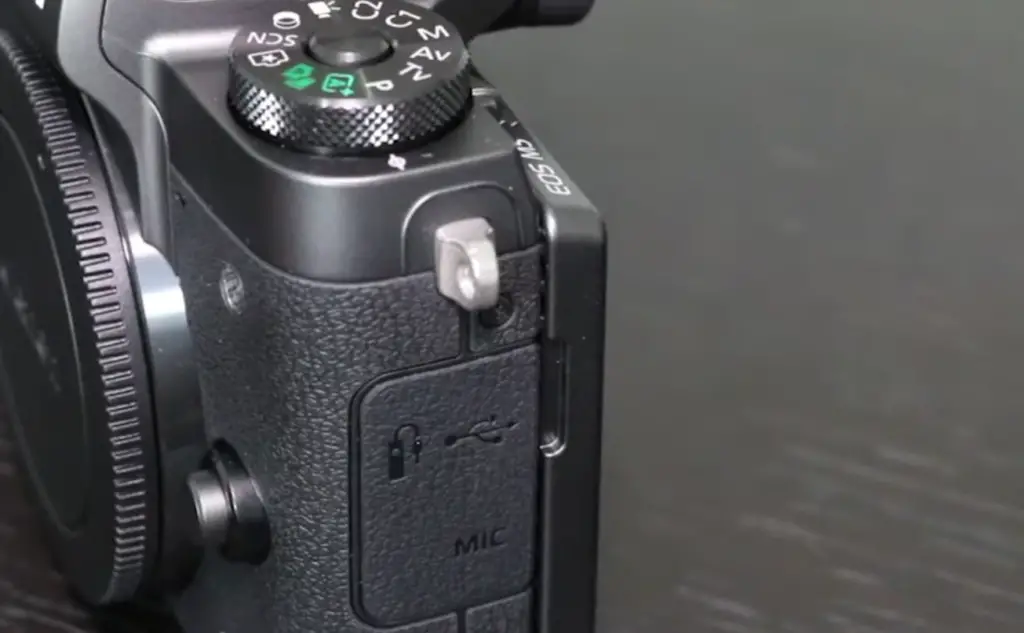
What photos is the Canon M3 good for?
When choosing the Canon M3 for your photography needs, it is important to consider what kind of images you are looking to achieve. The M3 is suited to general-purpose shooting like landscapes and portraits, as well as close-up shots and everyday candid captures. Its autofocus system with 9 AF points makes it easy to capture sharp photos in a wide variety of lighting conditions. Additionally, the M3 has an ISO range of 100-25600 and a maximum shutter speed of 1/4000th of a second for better control over image exposure. The Canon EOS Movie mode and full HD 1080p recording options also make the M3 suitable for videography tasks, allowing you to capture smooth and detailed footage with ease. For active shooters
The Canon M3 is also a good option for active shooters as its ergonomic design and light weight make it comfortable to use when shooting on the go. Additionally, its maximum burst speed of 4.2 fps (frames per second) enables you to capture fast action and motion without sacrificing image quality. Finally, the M3’s vari-angle touchscreen LCD monitor allows you to easily compose images without having to contort your body in awkward positions. With these features, the Canon M3 is a great choice for any photographer who is looking for an easy-to-use camera that can deliver excellent-quality shots.
What photos is the Canon EOS Rebel T6i good for?
The Canon EOS Rebel T6i is a great choice for photographers looking to take their photos to the next level. With its 24.2-megapixel APS-C CMOS sensor and DIGIC 6 image processor, this camera offers stunning image quality with impressive detail and clarity. Additionally, the T6i’s 19-point autofocus system provides fast and accurate focus tracking in a wide range of lighting conditions, making it suitable for high-speed shooting. Its maximum shutter speed of 1/4000th of a second and ISO range of 100-12800 provides further control over exposure when capturing fast action or low-light scenes.
The T6i’s 3-inch vari-angle LCD monitor is also great for framing shots from creative angles, while its full HD 1080p recording options enable you to capture smooth and detailed video footage. With these features, the Canon EOS Rebel T6i is a great choice for photographers who are looking for an easy-to-use camera that can deliver professional-quality images and videos.
Canon M10 vs M3
Body comparison
The main differences between the Canon M10 and the M3 are in their body design, flip-up LCD screen, and autofocus capability.
The Canon M10 is a compact mirrorless camera with a modern design aesthetic and an articulating touchscreen display. It features a 16.0 megapixel APS-C CMOS Sensor with dual image processors.
Canon M3 has a traditional DSLR design with an optical viewfinder and is compatible with EF-M lenses. It also features a 24.2 megapixel APS-C CMOS Sensor with DIGIC 6 Image Processor for improved speed and performance.
The flip-up LCD screen on the Canon M10 gives you more control over framing your shots than the fixed LCD screen on the M3. It also provides easier access to touch controls such as menu navigation and autofocus selection.
Sensor comparison
The Canon M10 is equipped with a high-resolution 16.0 megapixel APS-C CMOS Sensor, which, combined with its dual image processors, ensures exceptional image quality and detail. This advanced technology not only enhances low-light performance but also provides precise subject-tracking autofocus capability, allowing photographers to capture stunning shots with ease and precision. With the Canon M10, you can confidently explore your creativity and capture every moment with unparalleled clarity and sharpness.
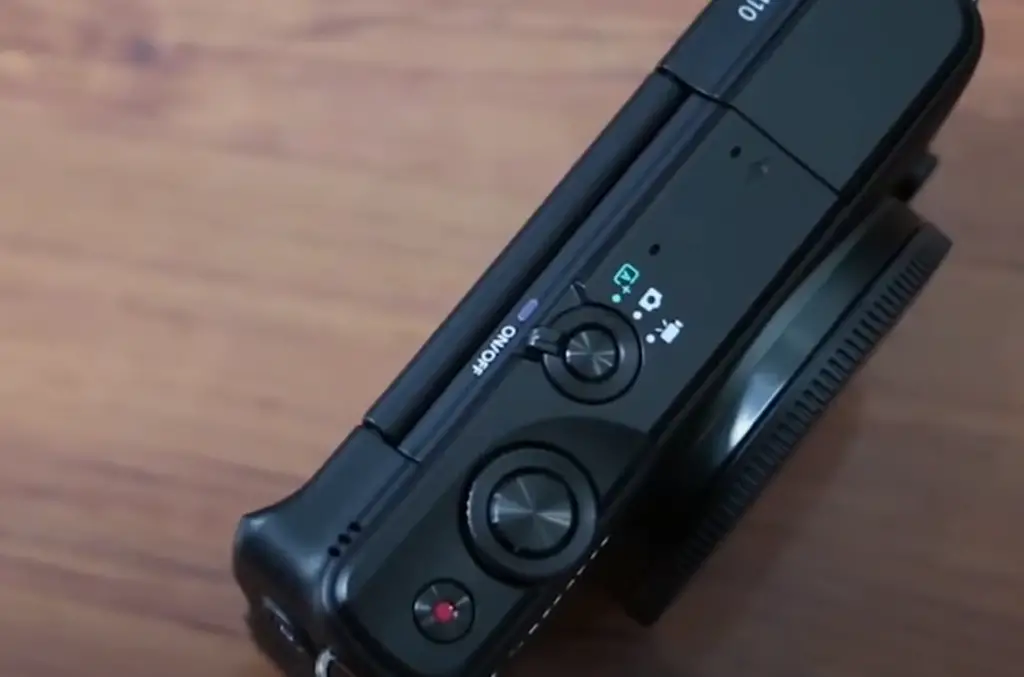
The Canon M3 is equipped with a superior 24.2 megapixel APS-C CMOS Sensor, which captures stunningly detailed images with exceptional clarity. Paired with the advanced DIGIC 6 Image Processor, this camera allows for faster burst shooting, enabling you to capture those split-second moments with precision and accuracy. Additionally, the improved low-light performance ensures that even in challenging lighting conditions, you can still achieve remarkable image quality with reduced noise and enhanced dynamic range. With the Canon M3, you can unleash your creativity and capture every moment in unparalleled clarity and brilliance.
Autofocus comparison
The Canon M10 features a Hybrid CMOS AF II system which provides up to 49 autofocus points for accurate subject tracking. It also has built-in Wi-Fi, allowing you to remotely control the camera from your smartphone or tablet.
The Canon M3 features an improved Dual Pixel CMOS AF with up to 49 autofocus points which provides you with precise, fast and accurate subject tracking. It also has a built-in NFC (Near Field Communication) for easy wireless connection with compatible devices. Additionally, it has a state-of-the-art DIGIC 6 Image Processor that works in tandem with the Hybrid CMOS AF II system to deliver improved AF performance and speed, giving you the ability to capture those elusive moments with ease.
Connectivity comparison
The Canon M10 is equipped with convenient built-in Wi-Fi and Near Field Communication (NFC) capabilities. With these features, you can effortlessly connect the camera to your compatible smartphones and tablets, enabling seamless sharing of your captivating images and videos with your loved ones. Whether it’s capturing precious moments or expressing your creativity, the Canon M10 empowers you to effortlessly share your visual stories with family and friends.
The Canon M3 is not only equipped with built-in Wi-Fi and NFC, but it also offers a plethora of additional connectivity options, including GPS and Bluetooth. With these features, you can effortlessly transfer your stunning images and captivating videos to compatible devices, making sharing a breeze. Moreover, the M3 goes even further by providing support for Canon’s Camera Connect app, enabling you to remotely control the camera directly from your smartphone or tablet. This exceptional level of convenience and versatility empowers you to capture and share your precious moments with utmost ease and creativity.
Other features comparison
The Canon M10 is equipped with a range of advanced features, such as the Creative Shot mode, which allows you to create unique images from your original shot. It also has a selection of artistic filters and scene modes that can be easily accessed via the touchscreen LCD for enhanced creativity.
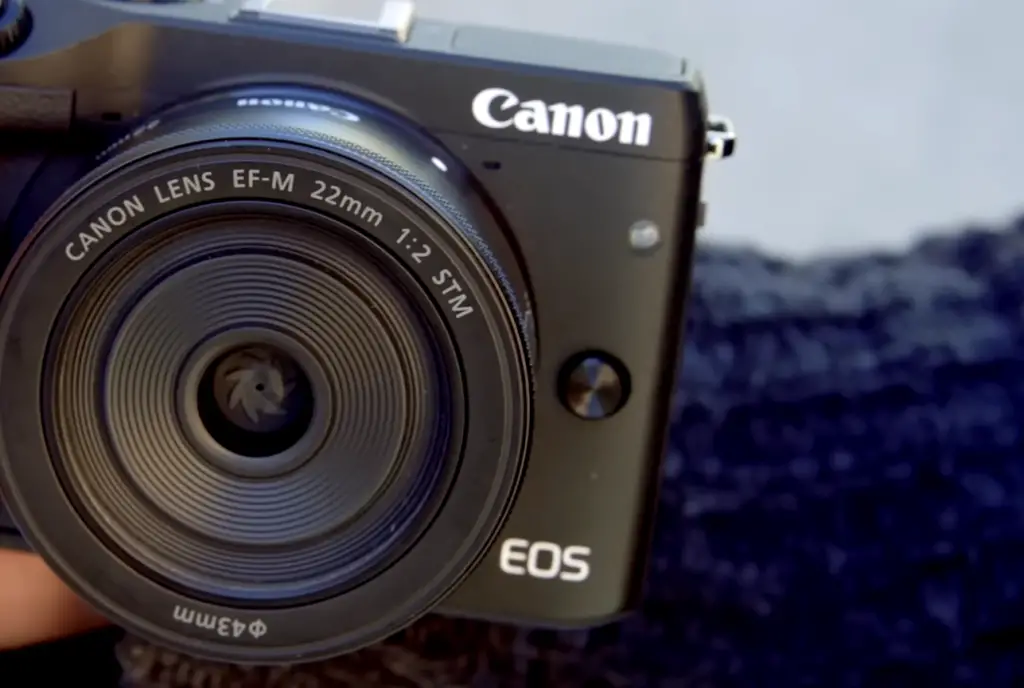
How to maintain Canon cameras?
Canon cameras are known for their superior quality and performance. To keep your Canon camera in peak condition, there are a few steps you should take to ensure proper maintenance.
First, clean the lens regularly with a soft brush or cloth. Use a special cleaning solution designed specifically for lenses to remove dirt, dust and fingerprints without damaging the surface of the lens.
Second, update the firmware on your camera regularly. Canon releases updates that improve functionality and performance, so it is important to stay current with these updates.
Third, store your camera in a case when not in use. This will help protect the lens and other components from dirt and dust, as well as potential damage from accidental drops or impacts.
Fourth, check the camera’s battery life. Keeping a spare charged battery on hand can help you avoid power outages in the middle of an important shoot.
Finally, always practice safe handling of your camera. Use two hands to hold and support it while shooting or carrying, and never attempt to manually adjust the lens when the camera is powered on. Taking these steps will help ensure that your Canon camera remains in peak working condition for years to come [3].
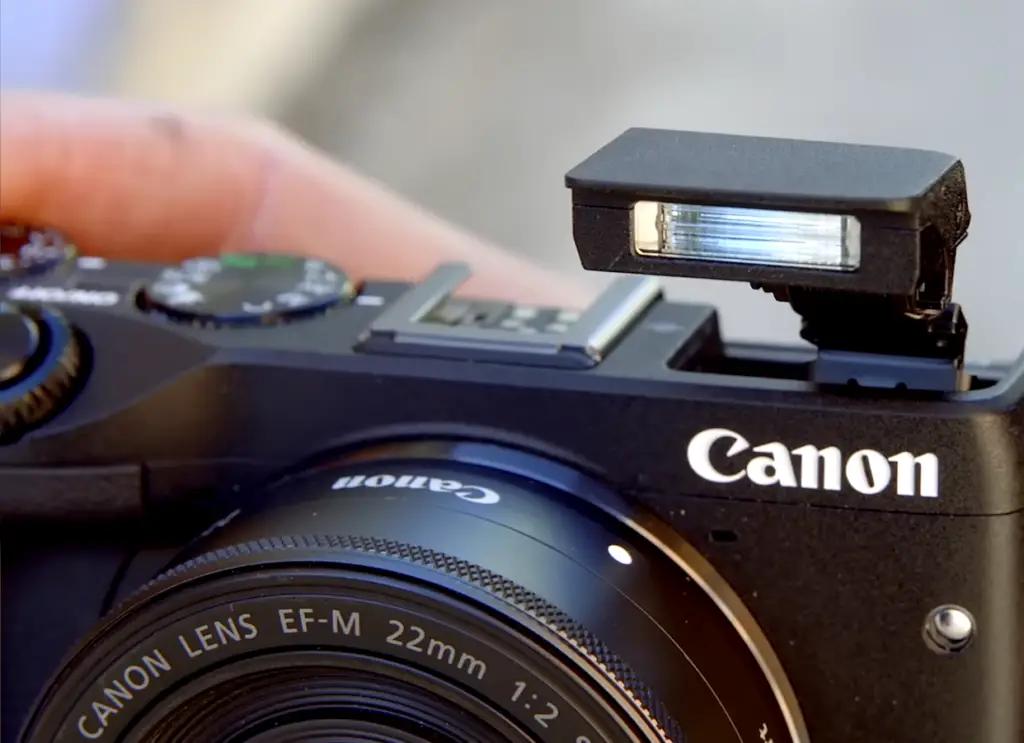
FAQ
What replaced the Canon EOS M3?
The Canon EOS M3 was replaced by the Canon EOS M6, which has many improvements over its predecessor. This includes improved autofocus, better image quality, and a faster burst rate. The M6 is also much lighter than the M3, making it easier to take with you on the go. Additionally, the M6 features Wi-Fi and Bluetooth connectivity, allowing you to easily transfer photos and videos between your camera and other devices.
What is the difference between Canon EOS M6 and M50?
The Canon EOS M6 and the Canon EOS M50 are both excellent mid-range cameras for those who want something a bit more advanced than an entry-level model without breaking the bank. The major differences between the two are that the M6 has a smaller APS-C sensor and lacks 4K video recording. On the other hand, the M50 offers higher resolution images with its 24.1 MP sensor and does have 4K video capability. However, both cameras offer excellent autofocus performance and good image quality in low-light situations.
What year is the Canon M10?
The Canon EOS M10 was released in 2015, making it one of the earlier models of Canon’s EOS M line. This camera has a 16.1 MP crop sensor and offers excellent performance for its price range. It also features Wi-Fi connectivity and full HD video recording capabilities.
Does Canon make a mirrorless DSLR?
Yes, Canon does make a few mirrorless DSLR cameras. These include the EOS M50 Mark II, EOS RP, and EOS R models. Each of these offers different features depending on your needs and budget. The higher-end models have better image quality and faster autofocus performance but generally come at a higher price point.
Is EOS M still good?
The Canon EOS M line has come a long way since its introduction in 2012. The latest models, such as the Canon EOS M6 Mark II and Canon EOS M50 Mark II, are excellent cameras for those who want something more advanced than an entry-level model but don’t need all the bells and whistles of a full-frameDSLR. They offer great image quality and performance, making them a great choice for both beginners and experienced photographers alike.
Does Canon EOS M3 have image stabilization?
No, the Canon EOS M3 does not have image stabilization. This is one of the main differences between this model and its successor, the Canon EOS M6. The M6 has an upgraded autofocus system as well as in-camera 5-axis digital stabilization which helps to reduce camera shake and blurriness in photos taken at slow shutter speeds.
Is the Canon EOS M50 full-frame?
No, the Canon EOS M50 is not a full-frame camera. It has an APS-C-sized 24.1 MP CMOS sensor which offers excellent image quality and performance for its price range. Additionally, it features 4K video recording capability as well as fast autofocus performance.
Useful Video: Canon EOS M10 Vs Canon EOS M3 (Indonesia)
Conclusion Paragraph
So, the comparison of these two models – Canon EOS M3 and Canon EOS M10 -clearly shows that the M3 is a much more powerful and professional-level camera, with features like higher megapixel count, faster autofocus, higher battery life and better image quality. The Canon EOS M10 may be the cheaper option of the two, but it doesn’t offer the same level of features as its older brother. Ultimately, the decision of which model to buy is up to the individual user, taking into account their budget, desired features and preferences. Nevertheless, for those looking for a more advanced camera with top-of-the-line features and performance capabilities – the Canon EOS M3 is a great choice.
References
- https://pxlmag.com/db/camera-compare/Canon-EOS-M10-vs-Canon-EOS-M3
- https://cameradecision.com/compare/Canon-EOS-M10-vs-Canon-EOS-M3
- https://www.nokishita-camera.com/how-to-clean-and-maintain-canon-cameras-for-beginners/






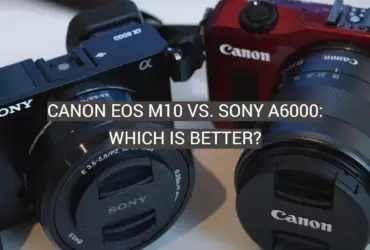

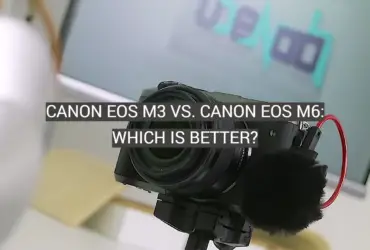

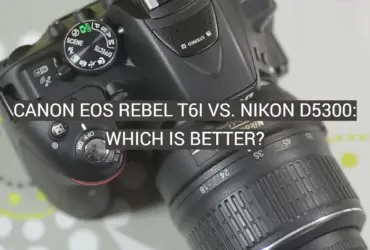
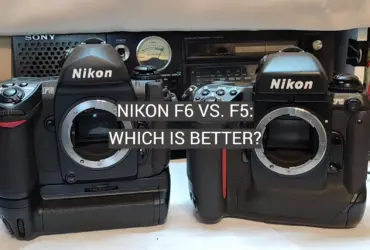
Leave a Reply